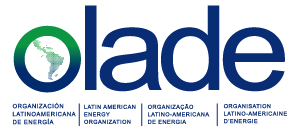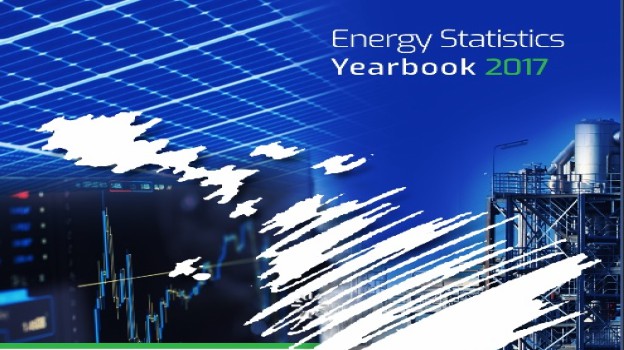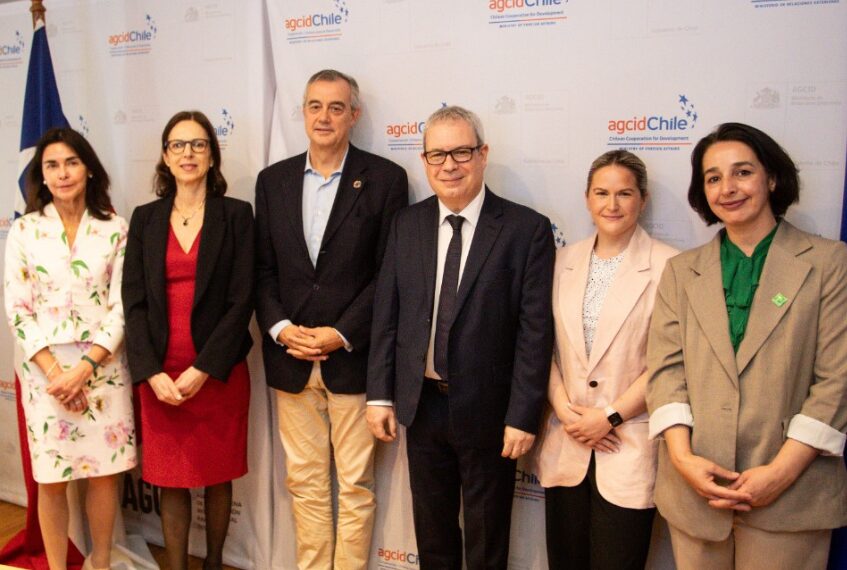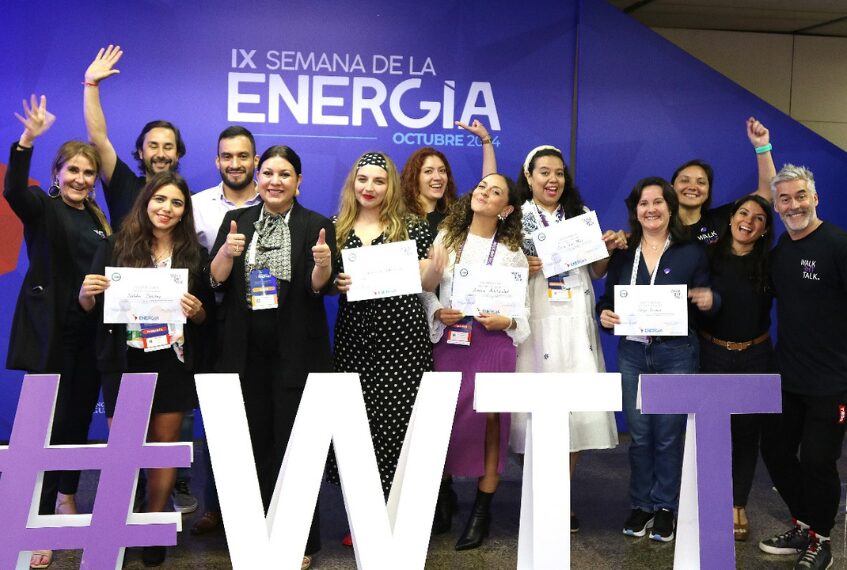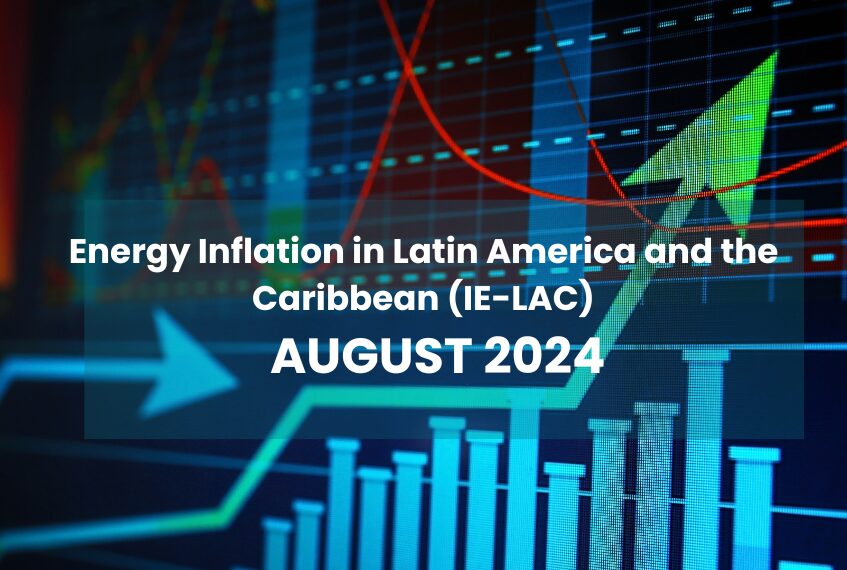The 2017 Energy Statistics Yearbook in English, which, OLADE makes available to the energy sector, presents more than 1,100 graphs, detailed information on the recent evolution of the energy matrixes of the 27 OLADE’s Member Countries. The graphs present trends in regional aggregates such as: Central America, Brazil, the Caribbean, the Southern Cone, Mexico and the Andean Region, as well as Latin America and the Caribbean as a whole.
In the case of hydrocarbons, regional trends are compared with global trends, where the regions of Africa, Latin America and the Caribbean, Asia and Australasia, Europe, the Commonwealth of Independent States (some countries of the former Soviet republics), the Middle East and North America are considered. The information presented comes from the Energy Information System for Latin America and the Caribbean (sieLAC), managed by OLADE’s information specialists team.
The main objective of making multiple graphs available is to provide the Latin American and Caribbean community with the possibility of having a source of knowledge about the energy profiles of the countries of the region, on a common basis, trying to provide detailed information in a systematized, clear and concise manner.
The first page of each country presents the figures of the main energy indicators for 2016, or the latest year available, accompanied by a summary version of the Sankey diagram of each country. The graphs presented contain information on reserves and production from various sources, energy supply, and flows, primary and final energy consumption, considering their values at the sectoral level.
A comprehensive set of indicators is then presented, including energy intensities of various kinds, renewal rates, indices of energy self-sufficiency, avoided demand, per capita and per unit of value-added indicators, the evolution of the relative shares of various energy sources, etc. The following are some indicators that analyze the trends in CO2 emissions.
Finally, a summary graph is presented to show the recent and comparative evolution of various energy and economic indicators. Indicators that are not commonly used are defined and described in the respective chapter of the Yearbook.
In order to make the visualization of the indicators easier and more user-friendly, the trend information is graphically displayed in the form of smoothed curves and the respective variables. There were also included in the right axis the cumulative variation rates for the five-year periods 2000 – 2004 / 2005 – 2009 / 2009 / 2010 – 2014 and the annual variation rates for 2015 and 2016.
It is OLADE’s desire that this yearbook becomes a tool for regular use and consultation, demonstrating the evolution of energy trends in the region. As of 2017, the Latin American and Caribbean Energy Information System (sieLAC) is freely accessible and all you have to do is register to have access to the entire database. We invite those who are interested in expanding their analysis and working with the information available to visit our website:
